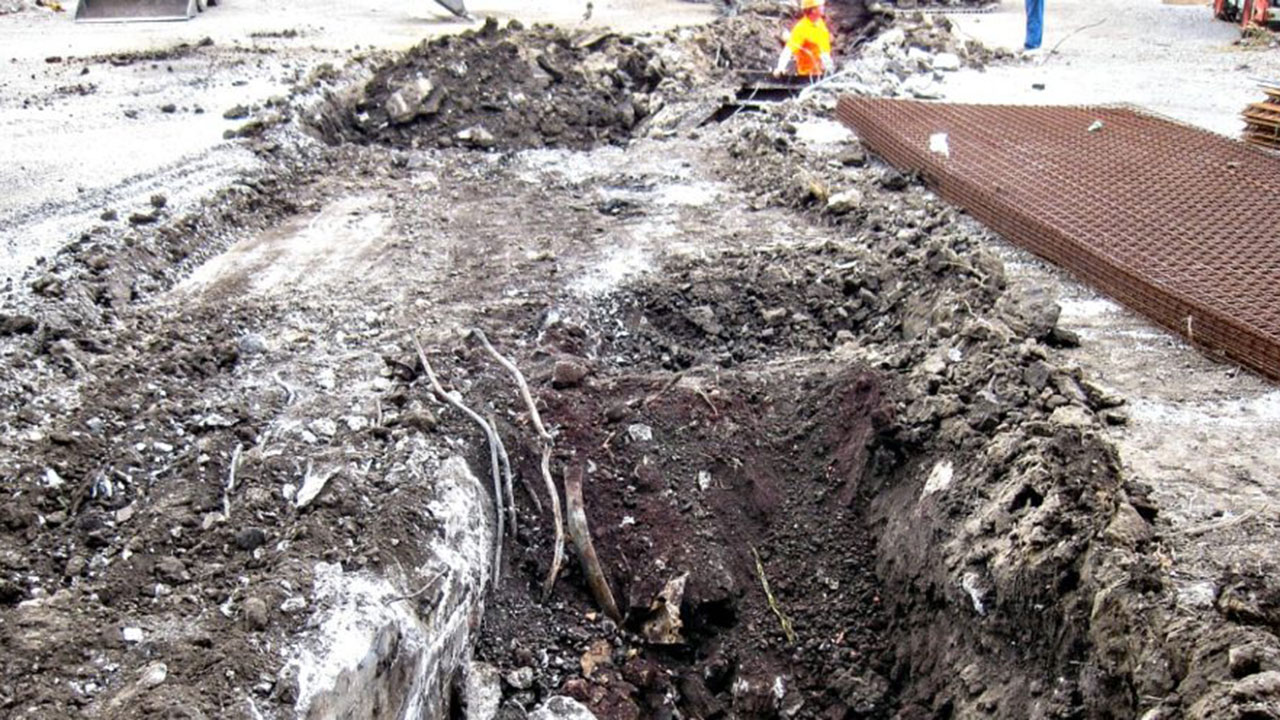Renewed interest in a historic industrial area of Kansas City is adding to the momentum of the city’s revitalization movement. The Blue River Valley Industrial Corridor (BRVIC) has been a local workhorse for over a century and the completion of a massive flood control project is breathing new life into the area. Strategic investments in the cleanup, infrastructure, and other key areas are aimed at attracting new business.
The BRVIC straddles the Little Blue River from downtown Kansas City, Missouri to I-70 and I-435. Easy access via highway, rail, and river make the area especially appealing to industrial companies, but the land itself is complicated by a variety of challenges. If your business is exploring a future in this part of town, prepare for careful navigation of special circumstances that come with developing the land. Consider the following four complexities before digging in.
1. Factor in a Floodplain
The threat of river water is nothing new in the BRVIC. The good news is the 30-year Blue River Channel Project has greatly improved the situation. Unfortunately, the risk hasn’t been completely eliminated because about a third of the Corridor still remains in a 100-year-old floodplain. If you’re building in this area, proximity to the river will likely affect your plans. It’s never a good idea to start digging around near a river without understanding how it could impact your project, both above and below ground where excess water is absorbed and buoyancy forces can occur.
2. Expect Brownfield Complexities
Land that’s been previously developed can be extremely complicated. The Corridor’s industrial history dates back generations and has left layers of industrial debris buried deep in many areas. For this reason, it’s critical to work with an experienced drilling and sampling team that can sift through the mess without disturbing too much of the land.
Identifying and evaluating objects buried underground, like machinery, storage containers, vehicles, or even trees, is critical because buried objects can randomly shift or collapse and compromise the soil. And don’t assume you can just dig everything out and import fill material to cover up the problem. The nearby presence of the river will eventually change the composition of the soil, and paying for chronic foundation repairs is not a cheap solution.

Underground caverns, pits, and steel manufacturing debris are common. Photo courtesy: A.L. Huber
3. Prepare to Roll with the Punches
Evaluating a tract of land for construction in the BRVIC is something you want to do more than once. Surprises can (and do) pop up at any time that force you to change your strategy. Our engineers typically remain on-site as part of the project team so we can make sure the foundation is developed correctly.
Engineers like ours will typically perform an initial investigation of land and later confirm or revise their findings as excavation progresses. Multiple types of foundations should be considered, taking into account the soil profile, feasibility factors, and budget realities. Land evaluation can be a complicated endeavor in the Corridor, requiring close collaboration and the judgment of engineers with experience in the area.
4. Know How to Work with Repurposed Structures
Many opportunities await companies willing to take a chance on old steel mill buildings or aging, yet still dependable structures. Repurposing a structure can make a lot of budget sense but this type of project still comes with its own complexities. For example, if your plan for repurposing a building makes it larger than its original foundation, you’ll need to precisely match any new foundation development with the old foundation or you risk instability.
Material inspections are also especially important as the construction around existing structural components evolves. Everything should be carefully examined and tested with particular attention given to connections between old and new materials.

Siding and other new materials surround original steel beams repurposed from an Armco Steel Mill by A.L. Huber and Custom Truck One Source.
Don’t be intimidated. Just be ready.
The location and multimodel appeal of the Blue River Valley Industrial Corridor hold exciting possibilities for companies searching for the right conditions to develop operations in the heart of America. And local developers and industrial leaders are eager to feed your success!
Read about our ongoing work with Custom Truck One Source in the Blue River Valley Industrial Corridor. >>
See how we helped Evergy with the upgrade of the Hawthorne Generation Station. >>

